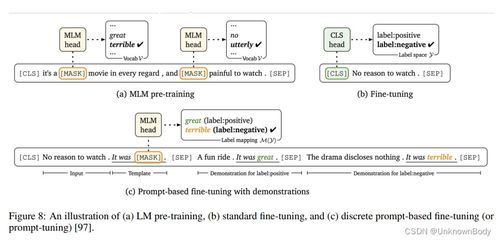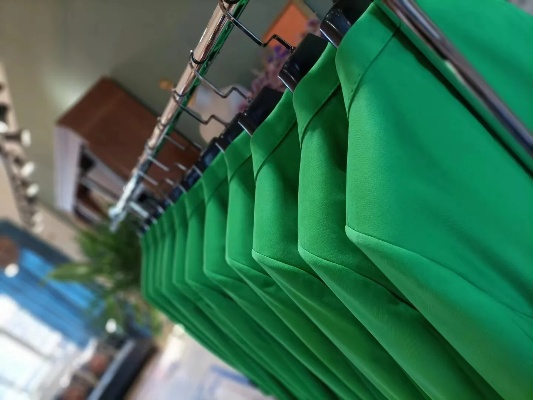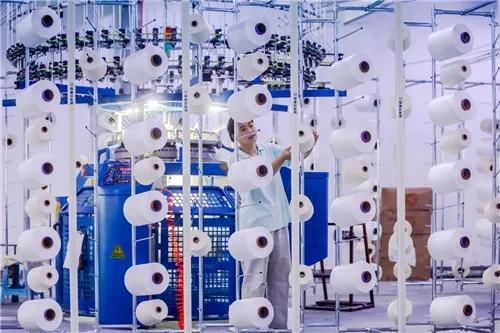An Overview of Textile Chemical Testing Contents
This article provides an overview of the contents of textile chemical testing, including the testing methods, materials, and equipment used in the process. The main objectives of textile chemical testing are to ensure the quality and safety of textile products, such as clothing, footwear, and household textiles. The testing content includes dyeing and printing tests, flame resistance tests, water absorption tests, and mechanical properties tests. The testing methods include gravimetric analysis, colorimetry, and rheology. The materials used in the testing process include textile samples, dyes, printing inks, and other chemicals. The equipment used in the testing process includes test chambers, balances, and rheometers. Overall, textile chemical testing is an important part of the textile industry, ensuring the quality and safety of textile products for consumers.
Introduction: Textiles, the fabrics that make up our clothing and furnishings, are a vital part of our daily lives. They are not just functional but also reflect our aesthetic preferences and cultural identity. However, as with any product, it is important to ensure that textiles meet certain standards for quality, safety, and longevity. This is where textile chemical testing comes in. In this article, we will explore the various elements that constitute textile chemical testing, including their significance, methods, and applications.
Chemical Testing Contents:
-
Resistance to Moisture and Dyeing: Moisture resistance is essential for ensuring that textiles do not become damaged or discolored by exposure to moisture. Dyeing tests evaluate the ability of textiles to absorb and retain dyes, which determines their colorfastness. These tests help manufacturers understand how well their products can maintain their colors over time and under different conditions.
-
Stability of Chemicals: Textiles often contain chemicals such as pigments, dyes, and finishes. Stability tests assess how these chemicals react with each other and with the environment, including temperature, humidity, and light. This information is crucial for understanding how long the chemicals will remain effective and safe to use.

-
Flammability: Flammability tests evaluate the potential for textiles to catch fire. This includes tests for flame-retardant properties, which are essential for preventing fires in textiles used in high-risk environments like construction or transportation.
-
Odor and Smell: Odor and smell tests evaluate the pleasant or unpleasant odors produced by textiles. These tests are particularly important for identifying any off-gassing from chemicals or manufacturing processes that could impact the user's comfort or health.
-
Antimicrobial Properties: Antimicrobial tests assess the ability of textiles to inhibit the growth of harmful microorganisms. This is particularly relevant for healthcare and hygiene-related textiles, where the ability to prevent bacterial and fungal growth is critical.
-
Elasticity and Stiffness: Elasticity and stiffness tests measure how resilient and flexible textiles are. These properties are essential for determining how well they conform to wearers' bodies and how well they resist stretching or creasing.
-
Tenacity: Tenacity tests evaluate the strength of textile fibers. These tests are important for understanding how well textiles can withstand mechanical stresses, such as pulling or tearing.
-
Colorfastness: Colorfastness tests assess how well textiles retain their original color after washing, drying, and exposure to sunlight. This is crucial for ensuring that textiles look their best for longer periods of time.
-
Fabric Structure: Fabric structure tests examine the internal structure of textiles, such as the density of threads, the thickness of warp and weft yarns, and the arrangement of fibers within the fabric. These factors can affect the overall performance and durability of the textile.
-
Material Composition: Material composition tests analyze the chemical makeup of textiles, including the type and concentration of dyestuffs, plasticizers, and other additives. This information helps manufacturers understand how their products interact with other materials and how they perform under specific conditions.
Case Study: Consider an example of a textile manufacturer who produces clothing for outdoor activities. To ensure that their products meet stringent safety standards, they conduct a comprehensive set of chemical testing on all their fabrics. These tests include moisture resistance, stability of chemicals, flammability, odor and smell, antimicrobial properties, elasticity and stiffness, tenacity, colorfastness, fabric structure, and material composition. By following these rigorous testing procedures, the manufacturer can confidently offer their customers products that are both durable and safe.
Conclusion: Textile chemical testing is a crucial aspect of the textile industry, providing assurance that products meet necessary standards for quality, safety, and longevity. By understanding the various contents of chemical testing and applying them to their products, textile manufacturers can enhance their reputation and customer satisfaction. The importance of chemical testing cannot be overstated, as it plays a vital role in ensuring that textiles meet the needs and expectations of consumers around the world.
纺织品是日常生活中不可或缺的物品,其质量直接关系到人们的穿着舒适度和安全性,为了确保纺织品的质量和安全性,进行纺织品化学检验是必不可少的环节,本篇文章将详细介绍纺织品化学检验的内容和包括的主要内容。
纺织品化学检验的主要内容

纤维类型与成分分析
纺织品化学检验的首要任务是对纤维类型和成分进行分析,这包括对纤维的种类、含量、纯度等进行检测,以确保纤维的质量符合标准,可以通过显微镜观察纤维的形态、结构,使用化学分析方法测定纤维的化学组成,如纤维的含水量、灰分等。
染色与整理工艺评估
染色和整理工艺是纺织品加工过程中的重要环节,也是影响纺织品质量的关键因素,纺织品化学检验也包括对染色和整理工艺的评估,这包括对染色工艺的稳定性、可靠性进行检测,对整理工艺的效果进行评估,可以通过观察染色后的色泽、光泽度,测试整理后的抗皱性、柔软性等指标来评估染色和整理工艺的效果。
化学物质残留检测
纺织品在使用过程中可能会接触到各种化学物质,这些化学物质可能对人体和环境造成危害,纺织品化学检验还包括对化学物质残留的检测,这包括对纺织品中可能存在的有害化学物质进行检测,如重金属、有机污染物等,还需要对纺织品在使用过程中的防护措施进行评估,以确保纺织品在使用过程中不会对人体和环境造成不良影响。
案例说明
以纺织品染色为例,说明纺织品化学检验的具体内容。
在某纺织公司的染色车间中,进行了纺织品化学检验,对染色工艺进行了评估,通过观察染色后的色泽、光泽度,测试整理后的抗皱性、柔软性等指标,发现该染色工艺稳定可靠,效果良好,对纤维类型与成分进行了分析,通过显微镜观察纤维的形态、结构,发现该纤维类型和成分符合标准,对化学物质残留进行了检测,通过检测发现该纺织品中可能存在的有害化学物质为重金属和有机污染物,符合国家标准。
表格补充说明
以下是纺织品化学检验内容的表格补充说明:
| 项目 | 内容描述 | 检测方法 | 结果要求 |
|---|---|---|---|
| 纤维类型与成分分析 | 对纤维的种类、含量、纯度等进行检测 | 显微镜观察、化学分析方法 | 符合标准 |
| 染色与整理工艺评估 | 对染色工艺的稳定性、可靠性进行检测 | 观察染色色泽、光泽度 | 稳定可靠 |
| 化学物质残留检测 | 对纺织品中可能存在的有害化学物质进行检测 | 检测方法(如色谱分析、质谱分析等) | 符合国家标准 |
| 使用防护措施评估 | 对纺织品在使用过程中的防护措施进行评估 | 观察防护措施效果 | 无不良影响 |
纺织品化学检验是确保纺织品质量的重要环节,通过纤维类型与成分分析、染色与整理工艺评估、化学物质残留检测和使用防护措施评估等方面的检验,可以确保纺织品的品质和安全性,在实际操作中,需要根据具体情况选择合适的检测方法和结果要求,以确保检验结果的准确性和可靠性。
Articles related to the knowledge points of this article:
The Story of Sea Lizards Textiles:A Multidisciplinary Exploration
The Magic of Wave-Inspired Textiles
Comprehensive Guide to Sustainable Textile Inventory in Kunshan



